NEW ORLEANS – Contemporary Southern cooking is getting a taste of something fresh — respect.
Even above the Mason-Dixon Line, the food of the South no longer is about fried chicken and barbecue cliches. It’s a celebration of local, vibrant produce and carefully raised meats; of exotic ingredients like collards, okra, pork bellies and grits; and of traditions and cultures as deep, varied and flavorful as the foods.
“The South has always been cyclically hip,” said John T. Edge, director of the Southern Foodways Alliance. “But now it’s become a permanent condition. America is coming to appreciate the range of culture and tradition in the South.”
That appreciation has made it possible to dine on great down-home food in places as varied as Oregon, Illinois and New York.
At Hungry Mother in Cambridge, Mass., for example, chef Barry Maiden serves up what he and his partners call “contemporary American” food. The menu sports cornmeal-dredged catfish and other Southern classics that draw on Maiden’s childhood in rural southern Virginia.
“For a few years now I think Southern cooking has become known as a serious type of cooking,” Maiden said.
That interest also has produced a flood of award-winning cookbooks and chefs that can do better than just hold their own against the rest of the country.
Take this year’s James Beard Foundation cookbook awards, for example. All three of the finalists for top American book are Southern — “My New Orleans,” by John Besh; “Real Cajun,” by Donald Link; and “The Lee Bros. Simple Fresh Southern,” by Matt Lee and Ted Lee.
Food & Wine magazine will even devote its September issue to the region and its food.
“We’ve seen a huge rise in interest in the food of the South outside the South,” said Dana Cowin, the magazine’s editor-in-chief. “We’re seeing an expansion of ideas for Southern food being adopted by cooks in other areas. There are people doing wonderful Southern cooking in New York, in Boston, in Chicago.”
In many ways, the South has benefited from a growing national interest in local and crafted foods.
“A few years ago you used to go to the farmers market and everything was from Florida or California,” said Kathleen Purvis, food editor at the Charlotte Observer and chairwoman of the James Beard Book Awards Committee. “Now it’s locally grown for the most part, and that is certainly a reflection of Southern cooking, which is closely tied to the land.”
She also thinks the interest isn’t all that new, pointing out that Craig Claiborne was writing about the South during the ’70s, and Joe Dabney won a Beard award in 1999 for his cookbook “Smokehouse Ham, Spoon Bread, & Scuppernong Wine.”
In explaining the appeal, Edge points to the variety of Southern cooking, which includes Cajun, Creole, soul and seafood.
“It’s an area comparable in size to western Europe,” he says. “And it has the same range of cultures.”
Television also has played a role, giving voice to advocates such as Paula Deen and her sons, Jamie and Bobby Deen, who have launched their own shows and cookbooks.
The scattering of Southerners across the country that has taken place in recent years — some forced by Hurricane Katrina — may also account for some of the spread of down-home fare.
“I used to take the pimento cheese sandwiches my mother made for my lunch, the red velvet cakes for my birthday, the grits for Sunday breakfast for granted,” said Bon Appetit magazine restaurant editor Andrew Knowlton.
Moving north made him appreciate the rich culinary traditions of the South, says Knowlton, who grew up in Atlanta.
“When chefs started focusing on local food, the South was a natural place for them to focus,” he said. “Both in terms of flavor and tradition.”
Because of that, Knowlton says he now can get such Southern delights as boiled peanuts, deviled eggs and his beloved pimento cheese in cities from Portland, Ore., to Portland, Maine.
“And you practically can’t find a restaurant now that isn’t serving Anson Mills grits,” he joked, referring to the Charleston, S.C., company that specializes in heirloom grains.
Besh, one of the contenders for this year’s Beard award, says he sees the interest as a sign that the country’s culinary appreciation is maturing, that Americans all over are taking pride in the nation’s various cultures.
“We’re finally comfortable with where we are as a country,” he said. “We are more open to the traditions in this country now, and the South has remained true to those traditions, especially its food traditions.”
Those traditions are celebrated at the Southern Foodways Alliance, the goal of which is to “document, study and celebrate Southern food cultures,” according to Edge.
“The South has always been close to its roots,” he said. “There is a food tradition here that continues and is celebrated.”
Southern food also has some advantages, including a longer growing season and a tradition of using local ingredients, according to the Lee brothers, who won the American cookbook category in 2007 with their book, “The Lee Bros. Southern Cookbook.”
“Southern cooks have traditionally lived close to the land,” said Ted Lee. “People say we’re trying to bring a California infusion to our food, but we’ve always used fresh ingredients and fixed them to emphasize flavor.”
FRIED WHOLE CHERRY tomatoes may sound unusual, but they are beautiful and delicious. Besh, author of the cookbook “My New Orleans,” gives them a simple tempura-like batter and an easy aioli sauce for dipping.
Any small, cluster (on the vine) tomatoes work in this recipe. Most grocers sell several varieties this way.
FRIED TOMATOES WITH AIOLI
Start to finish: 30 minutes
Servings: 6 to 8
FOR THE AIOLI:
6 cloves garlic
1 tablespoon lemon juice
1 tablespoon ice water
2 egg yolks
Salt
2 cups extra virgin olive oil
FOR THE TOMATOES:
1 quart olive or vegetable oil
1 cup all-purpose flour
Pinch salt
1 1/2 cups club soda
24 to 36 small cluster (on the vine) tomatoes
To make the aioli, in a food processor combine the garlic, lemon juice, water and egg yolks. Process until thick and evenly pureed. With the processor running, add a pinch of salt, then slowly drizzle in the olive oil.
If the aioli looks oily, add a touch more ice water. The color should be pale yellow and the texture should be matte, not glossy. Set aside.
In a deep heavy-bottomed pot over medium-high, heat the oil to 350.
Meanwhile, in a large bowl whisk together the flour and salt. Add the club soda, whisking gently to keep the batter fluffy. The batter will be thin.
Use scissors to cut the tomato vines to divide them into small clusters. Rinse the tomatoes and pat them dry.
Working in batches, dip each cluster into the batter, coating them all over, then carefully slip them into the hot oil. Fry the tomatoes until the batter is lacy, crisp and golden brown, about 1 minute. Using metal tongs or a slotted spoon, carefully transfer the tomatoes to paper towels to drain. Serve with aioli.
(Recipe from John Besh’s “My New Orleans,” Andrews McMeel, 2009)
THIS DENSE, RICH cake from Joan Aller’s forthcoming cookbook, “Cider Beans, Wild Greens and Dandelion Jelly” (a collection of recipes from southern Appalachia due out in June), is remarkably easy to make, but incredibly flavorful.
She says it is based on cakes assembled at family reunions and other celebrations in the region. She says each family would bring a single layer. The collection of layers then would be assembled into a single cake at the event.
For most of us, the two layers in this recipe probably will be plenty.
MOUNTAIN MOLASSES STACK CAKE
Start to finish: 1 hour 40 minutes (40 minutes active)
Servings: 8
FOR THE CAKE:
1/2 cup firmly packed brown sugar
8 tablespoons (1 stick) unsalted butter, room temperature
1 large egg
1/2 cup molasses
1/2 cup buttermilk
1 teaspoon vanilla extract
1/4 teaspoon ground nutmeg
2 cups all-purpose flour
1 tablespoon baking powder
1/4 teaspoon baking soda
1/2 teaspoon salt
FOR THE FILLING:
2 cups finely chopped apples
1/2 cup water
1 cup firmly packed brown sugar
1 teaspoon cinnamon
To make the cake, heat the oven to 350. Lightly oil and flour the bottoms of two 8-inch round cake pans.
In a large bowl, use an electric mixer to cream the brown sugar and butter until light. Slowly add the egg and molasses, then blend well. Beat in the buttermilk, vanilla and nutmeg.
In a second bowl, sift together the flour, baking powder, baking soda and salt. Slowly add the flour mixture to the molasses mixture and mix until thoroughly incorporated.
Pour half of the batter into each of the prepared cake pans. Bake for 15 to 20 minutes, or until a toothpick inserted at the center of each cake comes out clean. Let the cakes cool in their pans on a wire rack.
While the cakes cool, make the filling. In a medium saucepan over medium, combine the apples and water. Cook, stirring occasionally, until the apples are tender. Stir in the brown sugar and cinnamon. Bring to a boil and cook, stirring constantly, until the mixture thickens and is syrupy.
Place one of the cooled cake layers on a serving plate. Spread half of the filling on top. Place the second cake layer on top, then spread the remaining filling over it.
Nutrition information per serving (values are rounded to the nearest whole number): 452 calories; 106 calories from fat; 12 g fat (7 g saturated; 0 g trans fats); 53 mg cholesterol; 84 g carbohydrate; 5 g protein; 1 g fiber; 433 mg sodium.
(Recipe from Joan Aller’s “Cider Beans, Wild Greens and Dandelion Jelly,” Andrews McMeel, June 2010)
WHETHER YOU’RE IN the South, from the South, or never even been to the South, it’s easy to appreciate this simple sorbet of pureed watermelon and strawberries from Besh’s cookbook, “My New Orleans.”
The secret to knowing whether you’ve added enough sugar to your sorbet? According to Besh, you just need to float an egg in the puree before you freeze it.
He says that if you float a clean egg (in the shell) in the mixture, you can tell whether you need to add more sugar (if the egg sinks) or more juice or water (if the egg floats high on the mixture). Ideally, the egg will float just at the surface, showing about a nickel-size spot of shell.
WATERMELON-STRAWBERRY SORBET
Start to finish: 10 minutes (plus freezing time)
Servings: 6
1 pint strawberries, hulled
1 cup diced, seeded watermelon
1 teaspoon lemon juice
1/2 cup sugar
In a blender, puree the strawberries, watermelon, lemon juice and sugar until smooth. Check that the puree has the correct amount of sugar. Add more sugar or juice if necessary (determine using method described above).
Transfer the puree to the canister of an ice cream maker and process according to the manufacturer’s instructions. Keep the sorbet in the freezer until ready to use.
Nutrition information per 1/2 cup serving (values are rounded to the nearest whole number): 63 calories; 1 calorie from fat; 0 g fat (0 g saturated; 0 g trans fats); 0 mg cholesterol; 18 g carbohydrate; 0 g protein; 1 g fiber; 1 mg sodium.
(Recipe from John Besh’s “My New Orleans,” Andrews McMeel, 2009)
Send questions/comments to the editors.

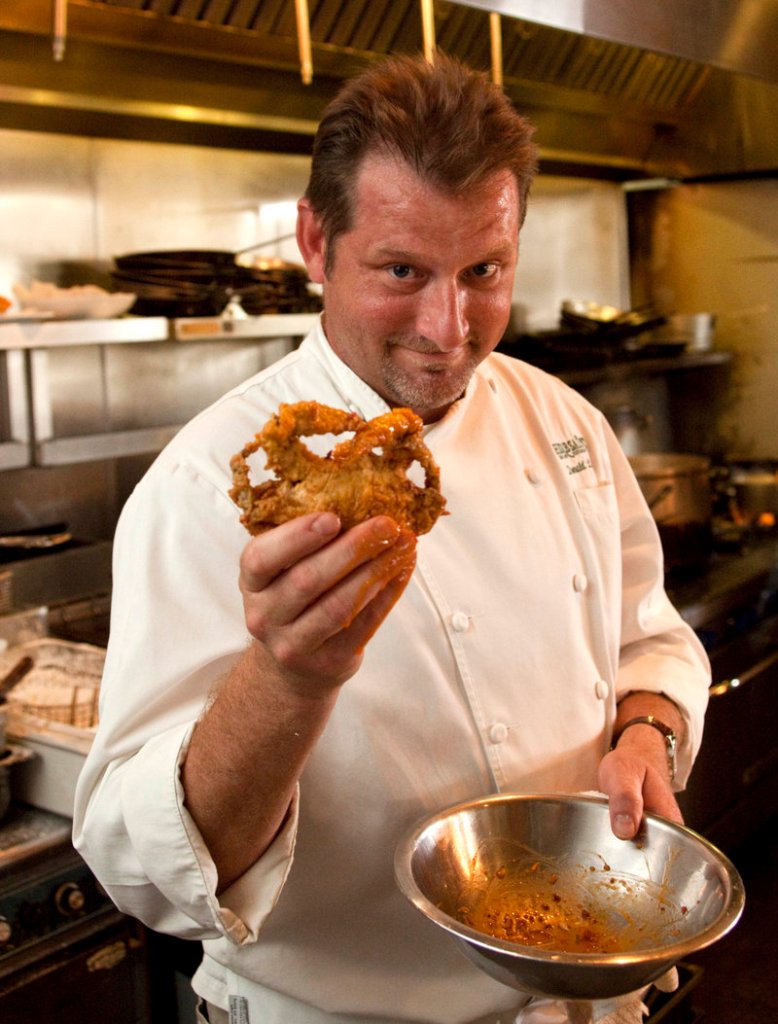
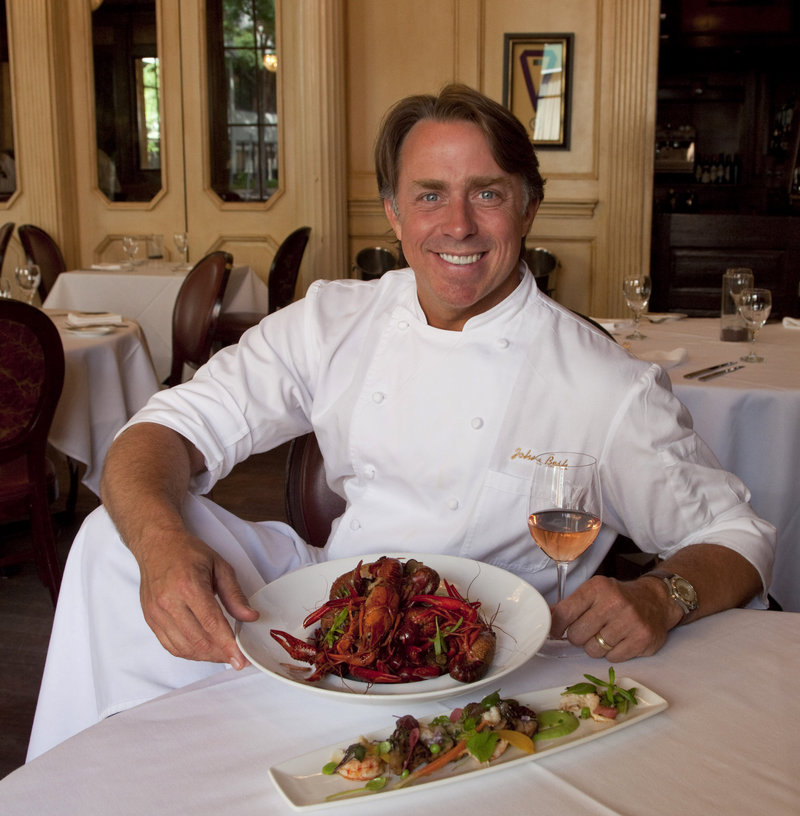
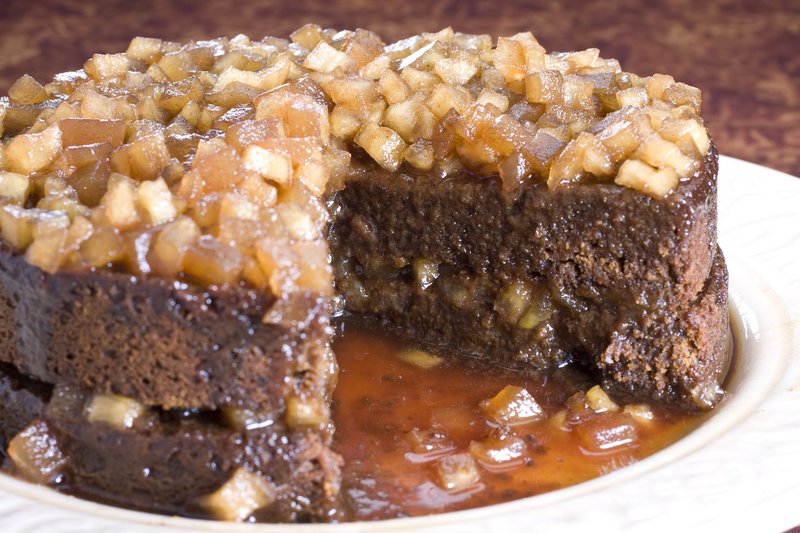
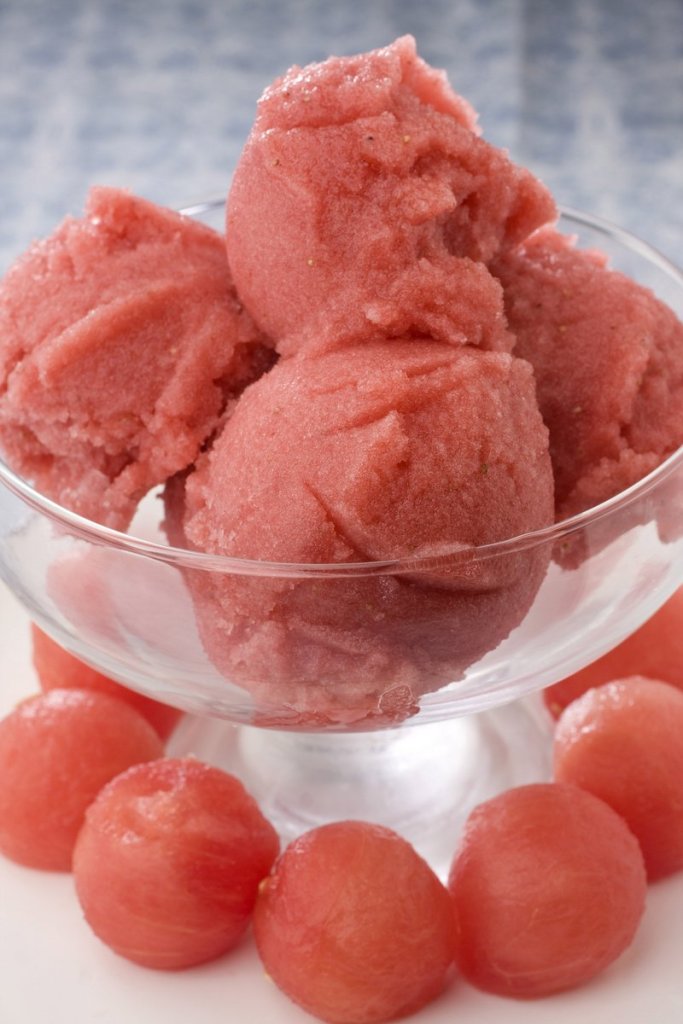
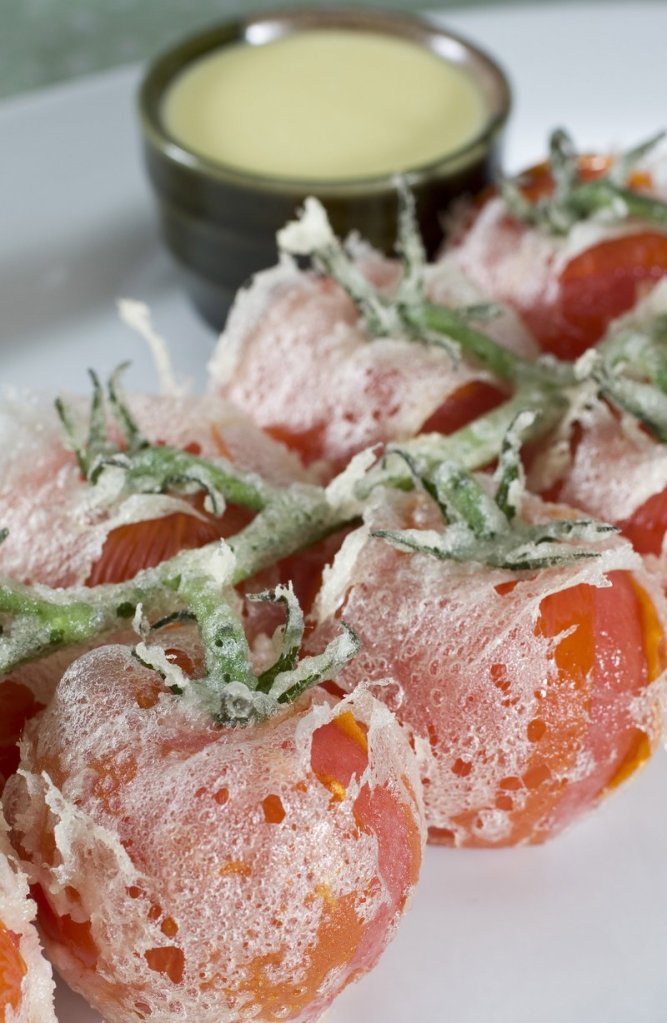

Success. Please wait for the page to reload. If the page does not reload within 5 seconds, please refresh the page.
Enter your email and password to access comments.
Hi, to comment on stories you must . This profile is in addition to your subscription and website login.
Already have a commenting profile? .
Invalid username/password.
Please check your email to confirm and complete your registration.
Only subscribers are eligible to post comments. Please subscribe or login first for digital access. Here’s why.
Use the form below to reset your password. When you've submitted your account email, we will send an email with a reset code.